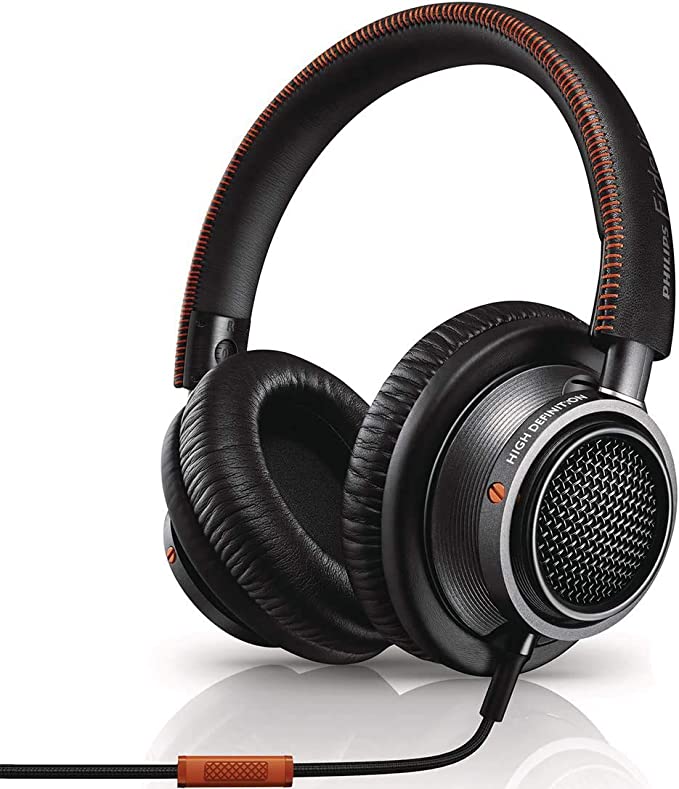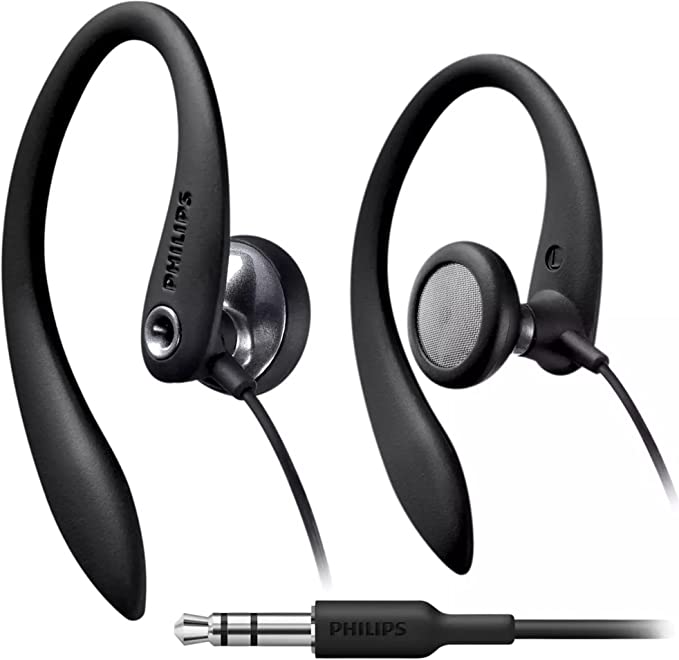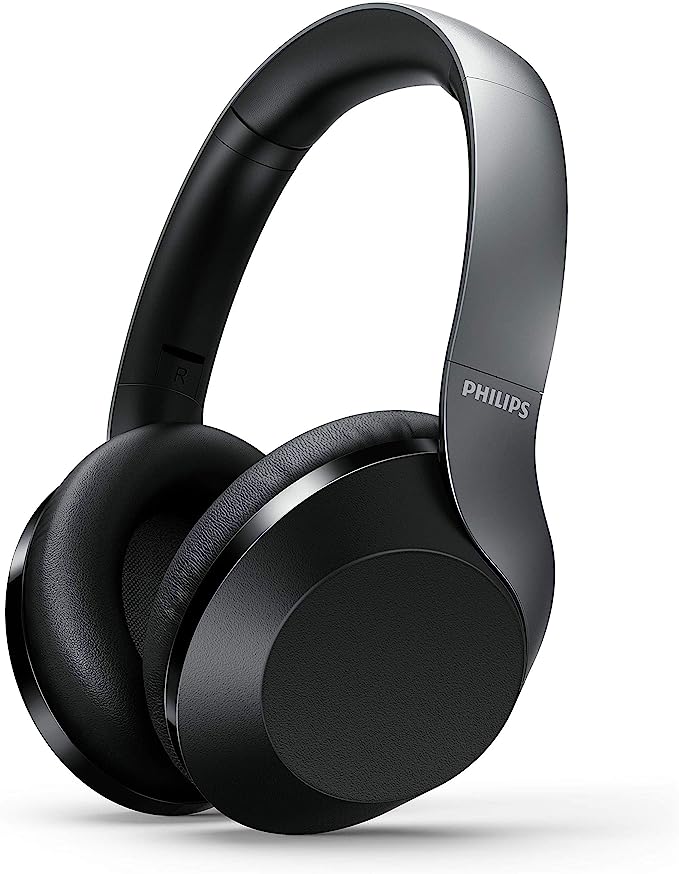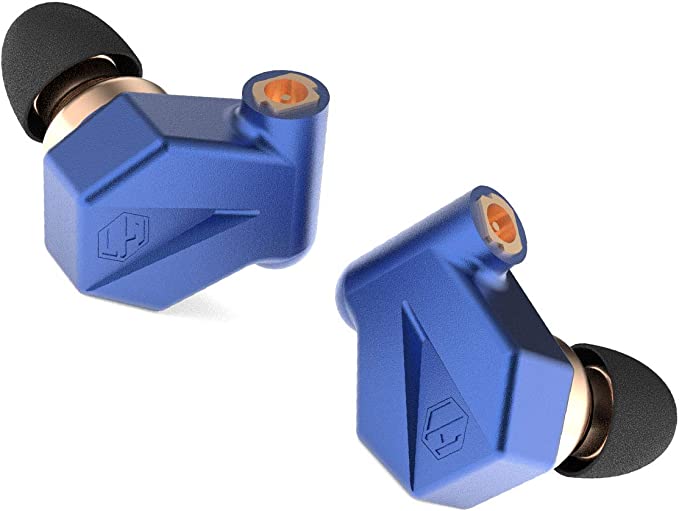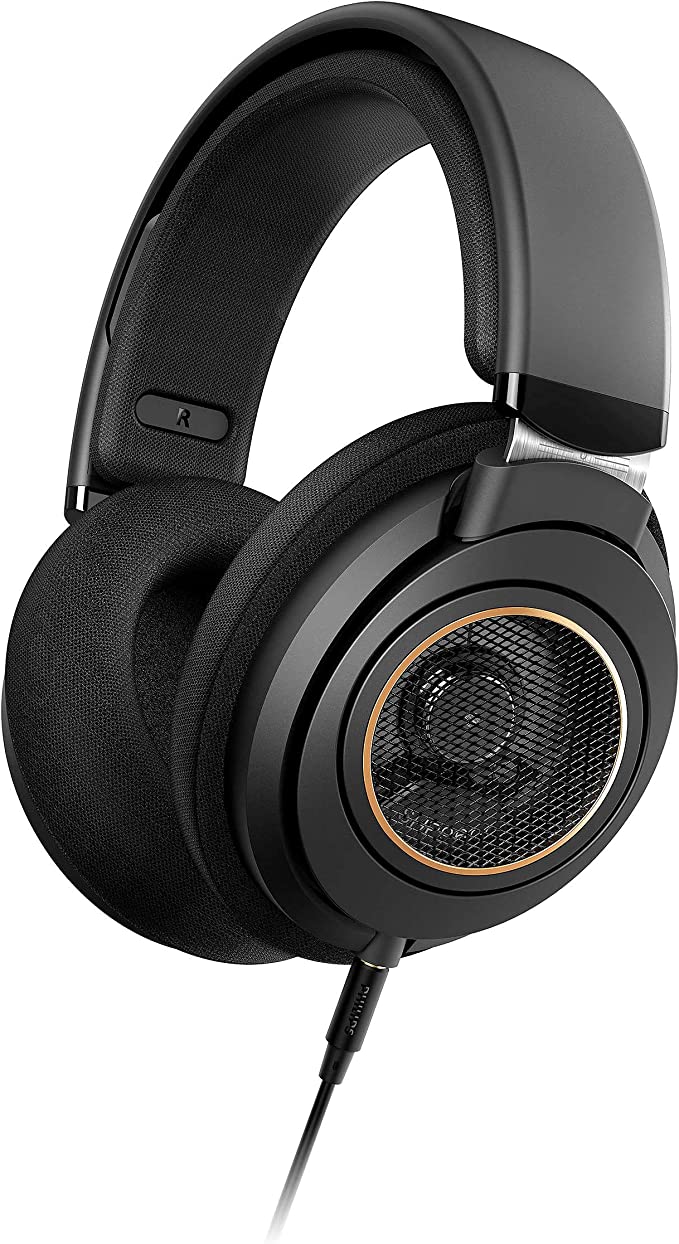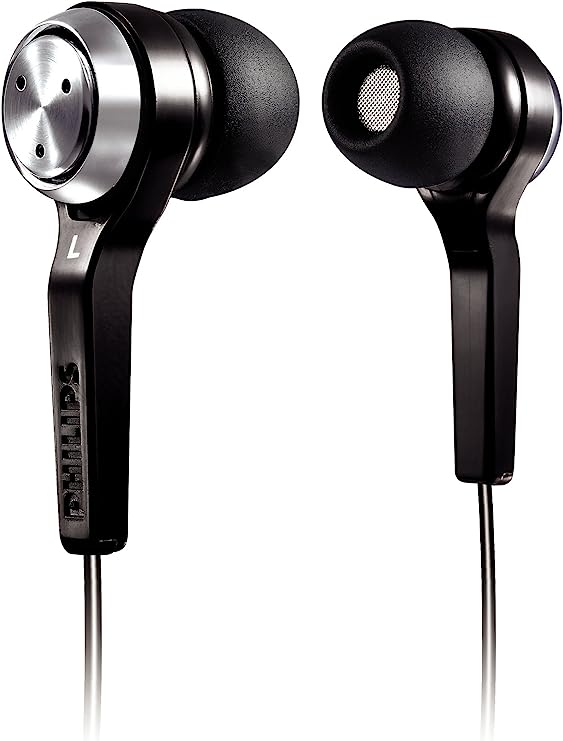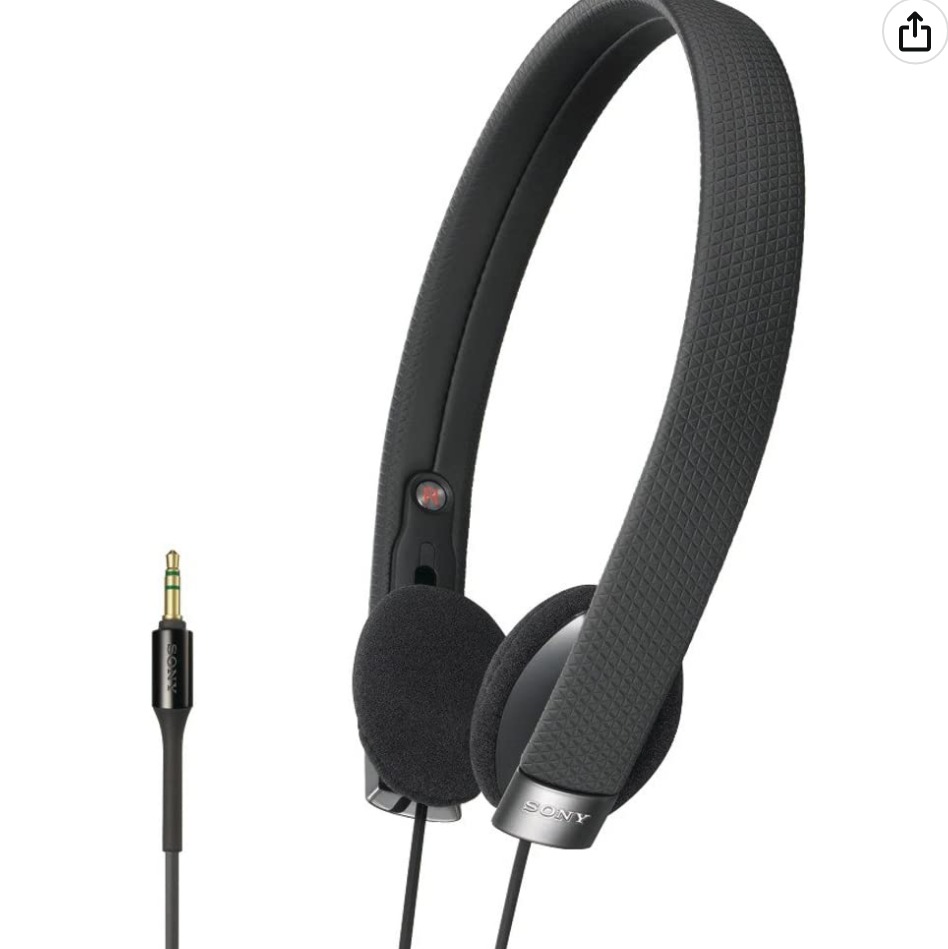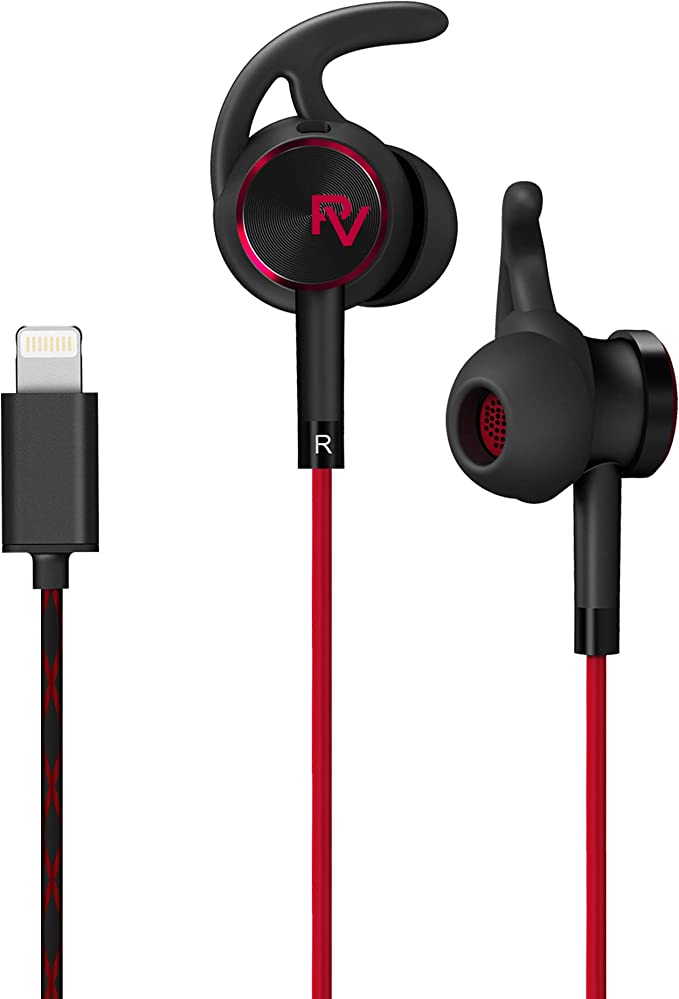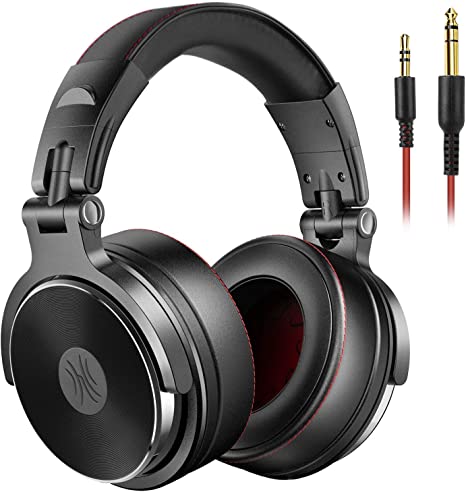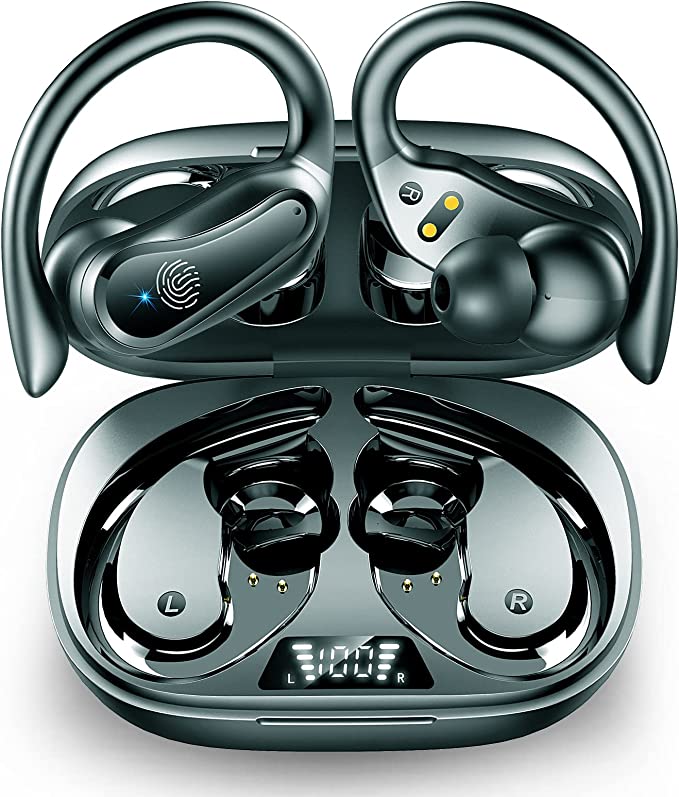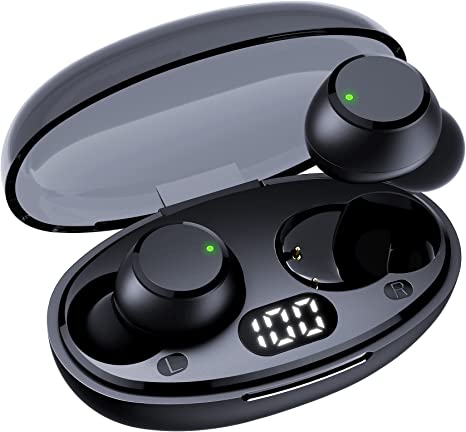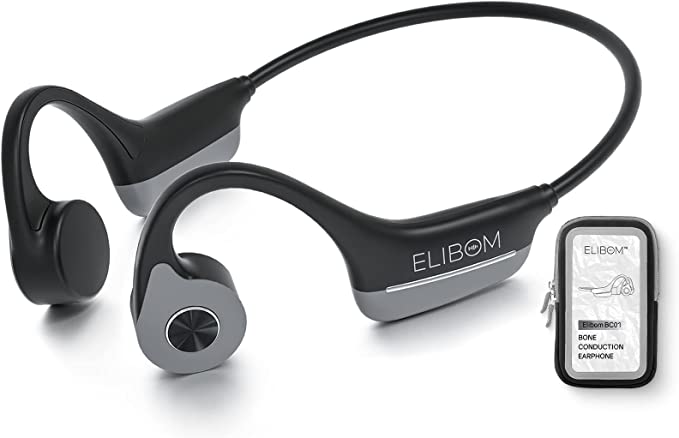Philips Fidelio X3 Headphones: Experience Studio-Quality Sound at Home
Update on March 20, 2025, 8:19 a.m.
Sound. It’s the vibration of air, a dance of molecules that our ears interpret as a symphony of noises, from the gentle rustling of leaves to the soaring crescendo of an orchestra. As an acoustical engineer, I’ve spent decades studying the intricacies of sound, and I’m constantly fascinated by the challenge of capturing and reproducing it with utmost fidelity. That pursuit of perfect sound reproduction is what makes the world of headphones so intriguing, and it’s what drew me to the Philips Fidelio X3.
Before we delve into the specifics of the X3, let’s take a step back and consider what sound is. At its most basic, sound is a wave – a vibration that travels through a medium, like air. These vibrations have two key properties: frequency and amplitude. Frequency, measured in Hertz (Hz), determines the pitch of the sound – how high or low it sounds. Amplitude, related to the intensity of the vibration, determines the loudness. The human ear, a marvel of biological engineering, can typically perceive frequencies between 20 Hz and 20,000 Hz, although this range can vary significantly between individuals and diminishes with age. This is where the interesting detail lies, whilst many headphones and audio can reproduce sounds above this, it becomes much more to do with how the audio feels than sounds.
But our ears don’t just perceive frequency and amplitude; they also perceive the timbre of a sound – the quality that allows us to distinguish between a violin and a piano playing the same note at the same volume. Timbre is determined by the complex combination of frequencies present in a sound, including the fundamental frequency and its overtones, or harmonics.
Now, consider the challenge of reproducing all these complexities – the full spectrum of frequencies, the subtle nuances of timbre – within the tiny confines of a headphone. It’s a significant engineering feat. Many headphones struggle to achieve this, introducing unwanted distortions and colorations that alter the original sound.
Traditional headphones often employ a closed-back design. This means the earcups are sealed, creating a closed chamber around the ear. While this design offers good isolation – blocking out external noise and preventing sound leakage – it can also lead to internal reflections and resonance. Imagine shouting in a small, empty room; your voice will bounce off the walls, creating echoes and a somewhat muddled sound.
The Philips Fidelio X3 takes a different approach. It utilizes an open-back design. The earcups are not sealed; instead, they have openings that allow air to flow freely.

The Open-Back Philosophy: Letting the Sound Breathe
Think back to that concert hall analogy. The spaciousness and naturalness of the sound come from the way sound waves interact with the large, open space. They’re not trapped or confined. Open-back headphones aim to replicate this effect.
By allowing air to flow freely, open-back headphones minimize the internal reflections and pressure build-up that can plague closed-back designs. Sound waves can propagate more naturally, resulting in a wider, more expansive soundstage. This means the instruments sound like they’re positioned around you, creating a more immersive and realistic listening experience. It’s as if the music is unfolding in a larger space, rather than being confined inside your head.
This isn’t just a subjective impression; it’s rooted in the physics of sound. When a sound wave encounters an obstacle (like the back of a closed earcup), it reflects. These reflections can interfere with the original sound wave, causing constructive and destructive interference. Constructive interference amplifies certain frequencies, while destructive interference cancels out others. This uneven amplification and cancellation distort the sound, leading to a less accurate representation of the original recording.

Inside the Fidelio X3: Engineering for Transparency
The Philips Fidelio X3 is specifically engineered to capitalize on the benefits of open-back design while minimizing potential drawbacks. At the heart of the X3 are its 50mm drivers, the components responsible for converting electrical signals into sound waves. But these aren’t ordinary drivers.
They feature a multi-layer diaphragm made of carefully selected polymers, each with specific acoustic properties. This layered construction is crucial for controlling resonance. Resonance, as we discussed earlier, is the tendency of an object to vibrate at certain frequencies. In a headphone driver, uncontrolled resonance can lead to unwanted peaks and dips in the frequency response, coloring the sound.
To combat this, Philips engineers have incorporated a dampening gel within the multi-layer diaphragm. This gel acts like a shock absorber, absorbing unwanted vibrations and preventing them from distorting the sound. It’s a bit like the suspension system in a car, smoothing out bumps and ensuring a comfortable ride. In the case of the X3, the “ride” is a smooth, accurate frequency response, free from unwanted peaks and dips.
The result of this sophisticated driver design is a remarkably clear and detailed sound. The bass is impactful but controlled, not boomy or overpowering. The midrange, where most vocals and instruments reside, is smooth and natural, allowing you to hear the subtle nuances of each instrument and voice. The highs are extended and detailed, without being harsh or sibilant.

Hi-Res Audio: A Pursuit of Perfection (and its limits)
The Fidelio X3 is certified for Hi-Res Audio. This means it’s capable of reproducing frequencies beyond the range of standard CD-quality audio. CD-quality audio is typically sampled at 44.1 kHz (44,100 samples per second) with a bit depth of 16 bits. Hi-Res Audio often uses sampling rates of 96 kHz or even 192 kHz, and a bit depth of 24 bits.
Theoretically, this higher sampling rate and bit depth should capture more detail from the original analog sound wave. However, it’s crucial to acknowledge the limits of human hearing. While some individuals may perceive a subtle difference between CD-quality and Hi-Res Audio, many will not. The benefits of Hi-Res Audio are often more about the potential for greater accuracy than a guaranteed, dramatically audible improvement for everyone. The benefits of higher bit-depth, offer a lower noise floor, which can be a much more appreciable factor. The increased dynamic range means that the very quietest sounds are represented with more detail, and the difference between the quietest and loudest sounds is greater. It’s about capturing the full dynamic range of the music, from the faintest whisper to the most powerful crescendo.
The Source Matters: Completing the Chain
It’s also important to remember that the headphones are only one part of the audio chain. The quality of the source material – the digital audio file itself – and the equipment used to play it back (the digital-to-analog converter, or DAC, and the amplifier) are equally crucial. Even the best headphones can’t magically improve a poorly recorded or compressed audio file.
Think of it like a high-end camera lens. Even the sharpest, most expensive lens won’t produce a great image if the camera sensor is low quality or the lighting is poor. Similarly, the Fidelio X3 will shine brightest when paired with a high-quality DAC and amplifier capable of delivering a clean, powerful signal. While the X3’s relatively low impedance (30 ohms) and high sensitivity (100 dB) mean they can be driven by most devices, including smartphones and laptops, a dedicated headphone amplifier can unlock their full potential, providing greater control, dynamics, and detail.
Craftsmanship and Comfort: Beyond the Sound
The Fidelio X3 isn’t just about sonic performance; it’s also about the overall user experience. Philips has clearly paid attention to detail in the design and construction of these headphones. The headband is crafted from responsibly sourced Muirhead Scottish leather, a material known for its durability, comfort, and luxurious feel. This isn’t just about aesthetics; it’s about creating a product that feels as good as it sounds. It’s a nod to sustainability and ethical sourcing, a growing concern in today’s consumer landscape.
The earcups are double-layered and filled with memory foam, conforming to the shape of your ears for a comfortable and secure fit. Many users have reported excellent long-term comfort, although some have noted a slightly firmer clamping force initially, which tends to loosen with use. This is a common characteristic of new headphones and is often a trade-off for a secure fit that prevents the headphones from slipping during movement.
Balanced vs. Unbalanced: A Technical Detail
The X3 includes both balanced and unbalanced cables, offering flexibility for different audio setups. An unbalanced cable is the standard type of headphone cable, with a single ground wire shared by both the left and right channels. A balanced cable, on the other hand, has separate ground wires for each channel. This reduces crosstalk (interference between the channels) and can result in a cleaner, more detailed sound, especially in environments with high levels of electromagnetic interference.
However, it’s important to note a point of contention raised by some users: the X3 uses a proprietary wiring configuration for its detachable cables. This means that standard 3.5mm TRRS cables may not work correctly, potentially resulting in audio only in one ear. This limits the options for aftermarket cable replacements, a drawback for users who prefer to customize their cables or need a shorter length. The provided cables are quite long (3 meters), which can be inconvenient for desktop use.
Addressing Potential Concerns: Honesty and Transparency
No headphone is perfect, and the Fidelio X3 is no exception. We’ve already touched on the proprietary cable issue. Another potential concern, inherent to the open-back design, is sound leakage. Because the earcups are not sealed, sound can escape, and external noise can enter. This means the X3 is not ideal for noisy environments or situations where privacy is paramount (e.g., public transportation or a shared office).
Some users have also reported sibilance – an exaggerated emphasis on “s” and “sh” sounds – at higher volumes. Sibilance can be caused by a variety of factors, including the recording itself, the headphone’s frequency response, and individual hearing sensitivity. It’s important to remember that hearing is subjective; what one person perceives as sibilant, another may not. The X3’s overall sound signature is generally considered to be well-balanced and detailed, but individual experiences may vary. Running a frequency sweep test, can identify peaks in response.
The Fidelio X3 in Action: Real-World Scenarios
So, where does the Fidelio X3 truly shine? It excels in environments where accurate, detailed sound is a priority, and where sound leakage is not a major concern.
- Critical Listening: For audiophiles and music enthusiasts who want to hear every nuance of their favorite recordings, the X3 provides a transparent window into the music.
- Home Studio: For musicians and producers working on mixing and mastering, the X3’s accurate frequency response and wide soundstage are invaluable tools.
- Immersive Music Enjoyment: Even for casual listening, the X3 elevates the experience, revealing details and subtleties in music that you may have never noticed before. The spacious soundstage creates a sense of immersion that is hard to achieve with closed-back headphones.
- Gaming: The wide soundstage can enhance spatial awareness.

Conclusion: The Pursuit of Sonic Accuracy
The Philips Fidelio X3 represents a commitment to sonic accuracy and a deep understanding of acoustic principles. It’s not about chasing the latest trends or adding artificial enhancements; it’s about faithfully reproducing the sound as it was intended to be heard. The open-back design, the meticulously engineered drivers, the premium materials – all these elements contribute to a listening experience that is both immersive and revealing.
While the proprietary cable and the potential for sound leakage may be drawbacks for some, the X3’s strengths lie in its ability to deliver a truly exceptional level of sonic detail and clarity. It’s a headphone for those who prioritize sound quality above all else, for those who want to connect with their music on a deeper level. It’s a tool for critical listening, a window into the world of high-fidelity audio, and a testament to the enduring power of sound.

